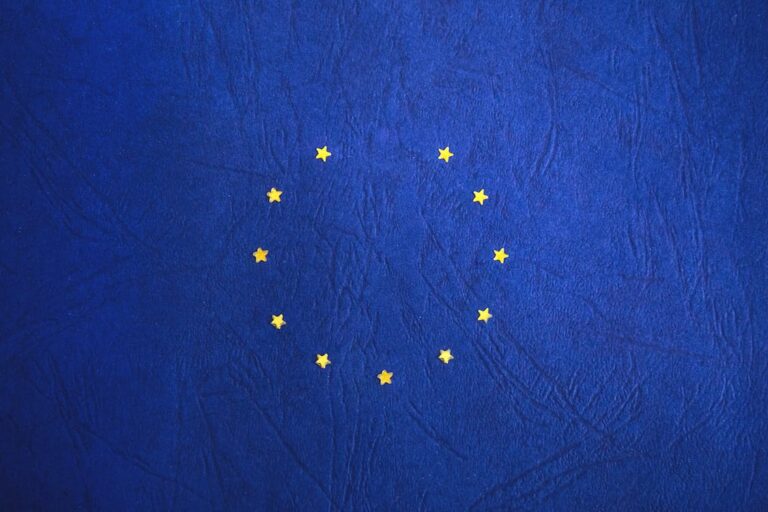
Interest Rate Decisions
Discussion and Analysis by Grace Gliksten:
The interest rate is a monetary policy tool used by central banks to manipulate the macroeconomy. Representing both the reward for saving and the cost of borrowing, interest rates can manipulate the attractiveness of prospective domestic currency exposures.
Unsurprisingly, the Bank of England decided not to raise interest rates this month. They decided instead to develop their answer to the questions surrounding when the next hike will be, saying that earlier rate hikes should be expected to curb the effects of a strong global economy on the UK. The statement, appearing hawkish, said that the central bank was no longer willing to tolerate inflation above its targeted 2%. This was repeated in a letter to the chancellor, with Mark Carney, BoE governor, saying that “monetary policy would need to be tightened somewhat earlier and by a somewhat greater extent over the forecast period than anticipated at the time of the November report”, if the bank’s predictions were correct.
The language used in the press conference following the speech mirrored that used in September’s Monetary Policy Committee minutes. This was followed, immediately, by a rate hike to 0.5%, leading investors to expect a rate increase as early as May. There have been no specifics, in either the minutes or the letter to the chancellor, on what the bank felt was now needed in terms of the number, and size, of rate rises. However, Carney previously called for two to three further rate hikes in the next three years. This looks most likely to change due to the fact that inflation would overshoot the BoE’s target if there was only one rate hike a year for the next three years.
The Federal Reserve in the United States, is likely to raise interest rates much faster than the market had previously expected this year. The anticipated rise to 3.25% by year end considerably exceeds the 3% that was priced into the market only one year ago. Surpassing market expectations once again, ratings agency ‘Fitch’ forecasts four hikes in 2018; as much as double what the dominant market expectations previously predicted.
James McCormack, who oversees Sovereign ratings at Fitch, said “our impression of the Fed is that it wants to get on with this, and the rationale for leaving rates lower for longer disappeared. It will take something unexpected to interrupt the path of higher interest rates. We are not anticipating that, so we expect rates to move higher than the market expects they will.” He added, “at some point, the risk of doing too little is greater than the risk of doing too much.”
Despite all the positive news surrounding rate hikes in the US, the equities sell off this week has projected the market’s less optimistic view of the Fed’s activity. Markets are now pricing in three rate hikes to a threshold beyond the 50th percentile. March is still a big contender for the first hike, priced in at 71.9%. June, however, is looking far less likely to be the second hike, dropping from 60% to 50.3% within one day. The front loading of expectations has led September to become the biggest contender, with markets pricing in an interest rate hike that month by 72.9%. The outlook for the third hike is much more bleak, with December down to 44.3% from a previous 63%.
The European Central Bank’s position is much easier to predict, with President Mario Draghi confirming interest rates will be kept at 0.25% until their quantitative easing program has been fully tapered. Recent comments from ECB officials have signalled to investors that QE will be cut faster than expected.
Derived from an increased confidence in the recovery of the global economy, more hawkish signals came from the ECB’s December rate-setting meeting minutes. With its characteristically subtle language, the repricing of expectations was largely led by a semantic change of discussion of the Union’s “recovery” to the Europe’s “expansion”. Minutes also made very clear that the council was already reassessing the economy’s “robust and self-sustaining” expansion.
The pound strengthened against the Euro and the US Dollar following the BoE’s decision not to raise rates. Against the Euro, the Pound rose by over 1%, trading at highs of over 1.1430, before dropping off slightly to levels closer to 1.1370. Against the US Dollar, the Pound rose by over 1.5% to highs of 1.4060, again, before moving down to levels closer to 1.1391.
Related Insights

Daily Brief – Euro
Euro Markets are currently pricing in four 25bp rate cuts for 2025 in the EU from 3% to 2% but some analysts are now predicting that rates may go as low as 1.5%. What that means is that EUR will remain weak and allow buyers of EUR to lock in the best levels for years. […]

Daily Brief – British Pound
British Pound With GBP if not all at sea but wallowing against the crashing waves of USD strength, it is a tale of two cities for beleaguered Brits: GBP/USD dipping below the previous floor of 1.2600 but versus EUR GBP still looking firm due to the apparent divergence between the Federal Reserve and the European […]

Daily Brief – Germany
Germany Gloomy Germans is not an entirely unknown phenomenon for those of us who have toiled in Finanzplatz Deutschland or the Financial Marketplace of Germany which primarily encompasses Frankfurt, Berlin, Dusseldorf and Hamburg. Unfortunately the ZEW German Research Institute are upholding that less than noble tradition in their Economic Sentiment Indicator report that was released […]


 Humphrey Percy
Humphrey Percy